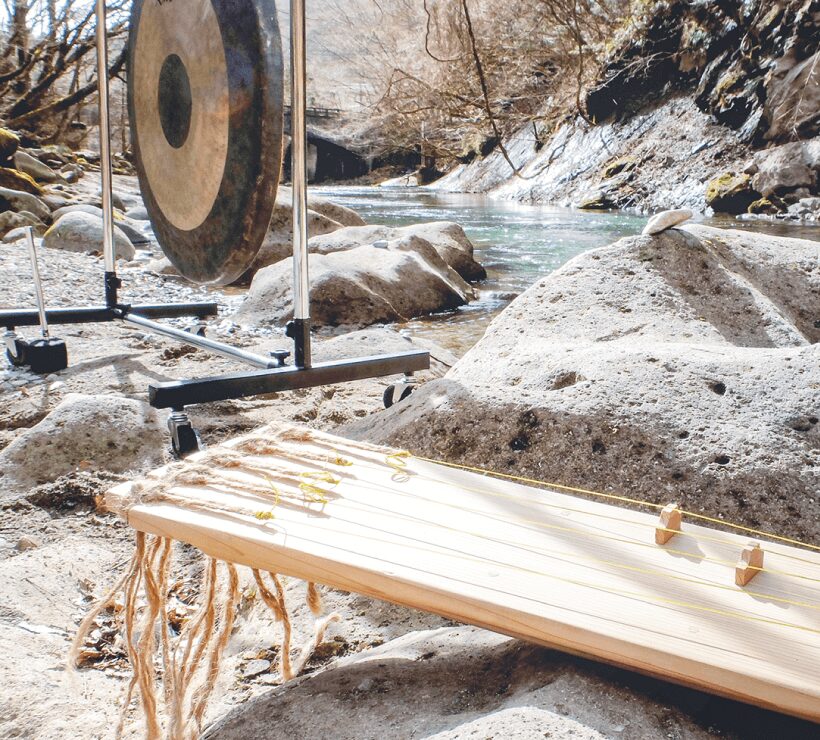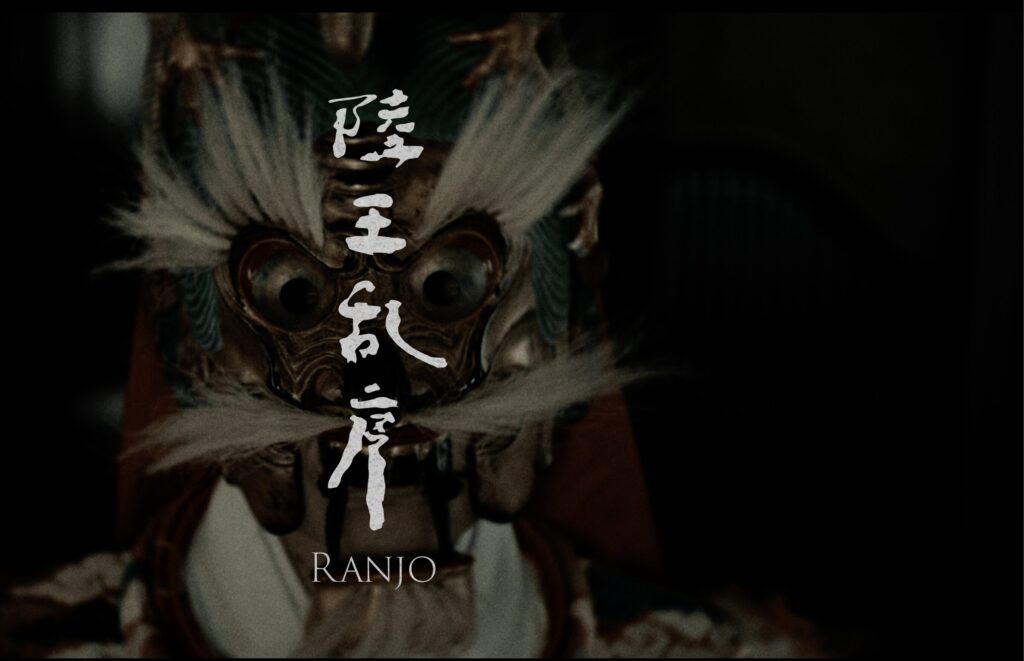
January 12, 2025 - Tochigi Performance @ Nasunogahara Harmony Hall
Continuing from the previous report, I would like to share my impressions of the Tochigi performance of Ranjo, held on January 12, 2025, at 5:00 PM at the Nasunogahara Harmony Hall in Ōtawara, Tochigi Prefecture.
※Gagakutan 16: Tochigi Performance Report (1)
◆" Koranjo " - Ranjo " - " Ama Ranjo "
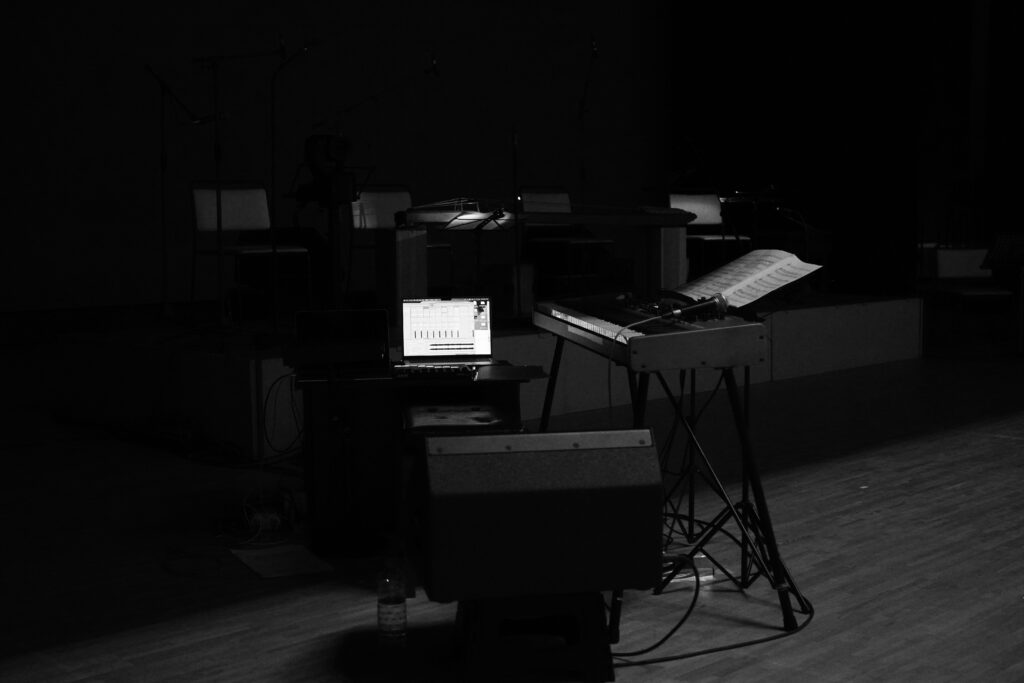
As the first half of the program approached its climax:
The performance featured Ranjo, a single that was digitally released in November 2024.
The original piece comes from Ryōō, a suite lasting approximately 40 minutes, traditionally performed with only ryuteki (dragon flute), taiko, and other percussion instruments. This new arrangement incorporates shō, hichiriki, biwa, strings, and piano.
Tarō:
"This was a piece I released with many emotions behind it."
Each word was spoken with care, guiding the audience through the explanation.
Tarō:
"Through working on the soundtrack for the drama SHOGUN, I collaborated with composers and musicians in Los Angeles who became deeply interested in gagaku and Japanese music. Together, we explored ways to make it shine in film scoring.
However, once the project ended, they returned to their own musical worlds. The only one who could continue refining and applying this newfound approach was me, as a Japanese musician.
When my work on the SHOGUN soundtrack wrapped up, I started thinking—if I combined Western instruments with gagaku, it might create something that could be enjoyed globally in a completely new way."
Ranjo was the piece chosen to introduce "Gagaku × Classical" to the world in a refined and deliberate manner.
Taro thought that the original Ryōō, depicted a king who was strong in battle going into battle. With that in mind, Taro explained:
Tarō:
"We chose this piece as a declaration—'We're doing this. We're moving forward.'"
As the performance of Ranjo began, a palpable tension filled the air.
The ryuteki signaled the opening, and the percussion struck the earth, setting a rhythmic pulse.
With the addition of piano and strings, emotions and landscapes unfolded in sound. The ryuteki, like a reflection of the sky, created a sonic world where the forces of nature and human action intertwined.
The resolve of an advancing army, yet tinged with sorrow, anxiety, and foreboding—so many undercurrents emerged. As the dancers exited the stage, the audience was pulled back into reality, realizing how seamlessly music and movement had fused.
Had we been the ones dancing?
It was as if we had just witnessed a film unfold before us.
A powerful round of applause followed. Slightly exhilarated, Tarō added a few words.
Tarō:
"There’s an underlying theme here, though I don’t often speak about it in media. It’s about pride—a sense of dignity.
I want people to cherish who they are and what they believe in.
Both gagaku and classical music have a certain stately presence. That’s why I chose to bring them together."
◆" Chihei " - " Nasu Chūō Junior High School Anthem "
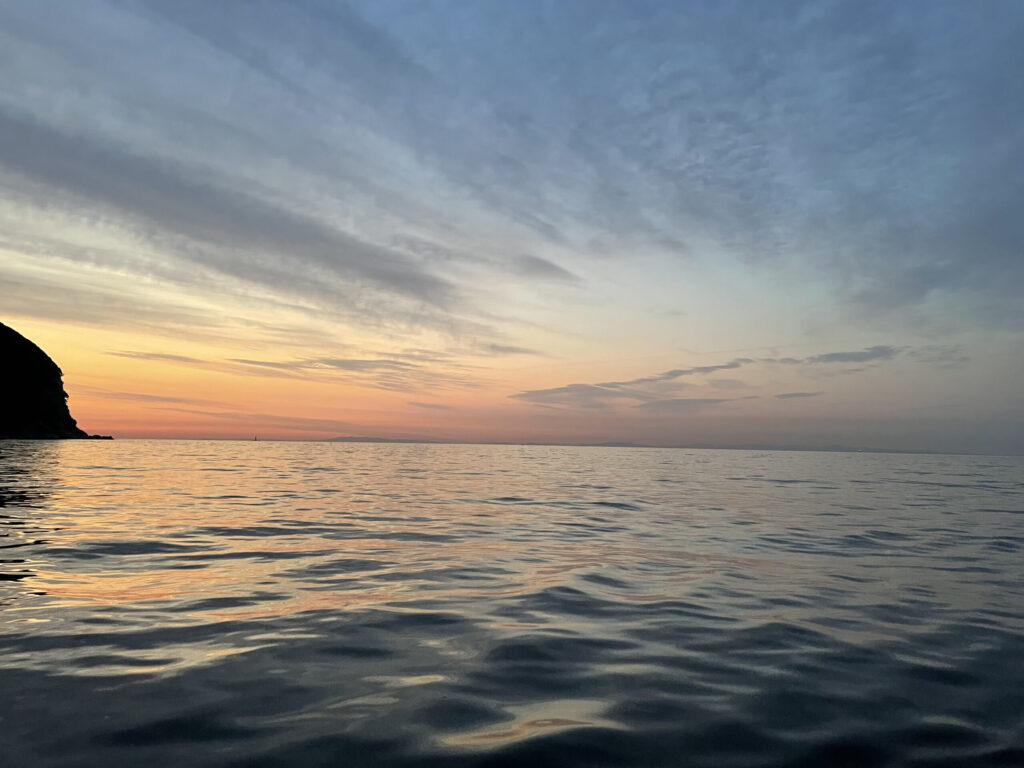
Tarō:
"The next piece is still unfinished."
Chihei was composed for Haruka, a projection mapping event dedicated to the recovery efforts in Fukushima, where Tarō served as music director from 2017 to 2019, following the tenure of Ryuichi Sakamoto and Otomo Yoshihide.
Originally written after listening to the experiences of those affected by the disaster in Tochigi and Fukushima, the song was too sorrowful to be performed in its initial form.
Even after the event concluded, it remained "sealed away," unplayed.
However, through deeper connections with the local community during the Tochigi performance, Tarō began to feel inspired to arrange it as a choral piece.
Tarō:
"It’s still in the sketching phase, but I’d like to share it with you today."
His fingers pressed the keys gently, as if tracing memories and emotions from that time.
Looking upon the traces of sorrow.
Looking, remembering, walking forward.
Even as tears fall, the journey continues.
With bodies and hearts still bearing wounds, people strive to stand up once more.
That determination echoed in Tarō’s posture as he played.
The final piece of the first half.
The Nasu Chūō Junior High School Anthem was commissioned by the former Tōyō Junior High School (which later merged to form Nasu Chūō Junior High) thanks to a connection through Tarō’s wife, Yūki, who was originally from Kurodahara in Nasu Town.
At the time, Tarō was struggling with a severe mental health condition and bedridden in Tokyo.
Yet, through discussions with the teachers and visits around the Nasu region, a melody emerged.
With lyrics penned by Yūki, the song took shape.
As the students' pure voices filled the hall, a warmth spread through the space, ushering in the intermission.
In the next report, I will share insights from the second half of the performance.
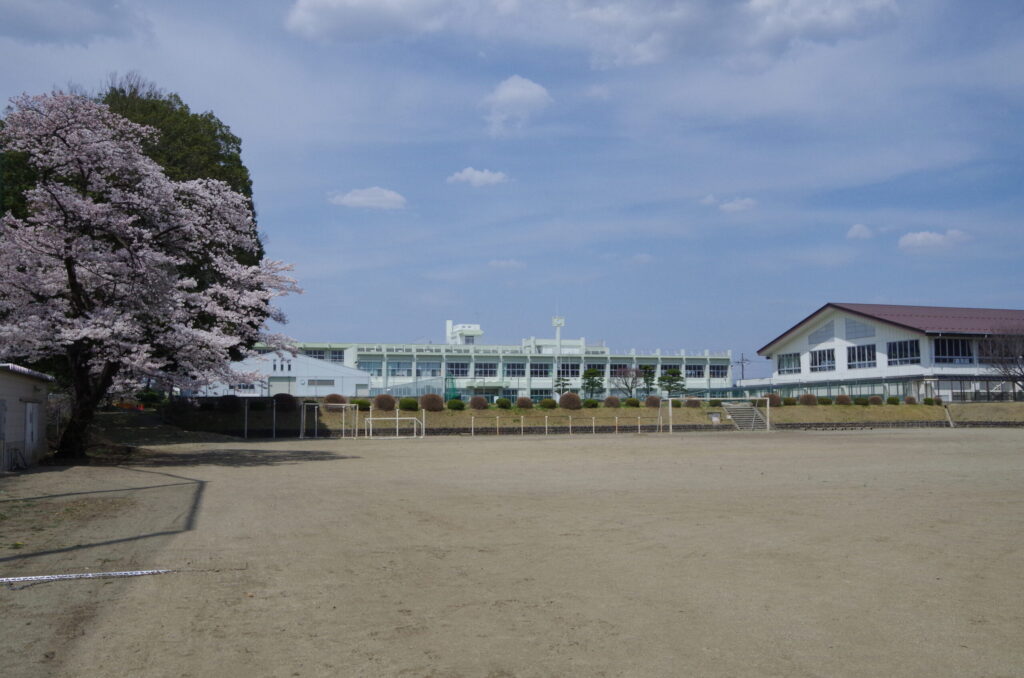
Please join us at the Tokyo performance (https://drftr.co.jp/20242025concert/)
We hope you enjoy Taro's music, ``Gagaku x Strings.''
Performers:
Taro Ishida: Piano, Synthesizer
Hitomi Nakamura: Hichiriki
Kahoru Nakamura: Gaku-biwa
Hanako Nakamura: Sho
Yoshiyuki Izaki: Ryuteki
Riri Tanaka: Violin
Tatsuya Nanasawa: Viola
Nanami Narita: Cello
Chorus: 20 students from Nasu Chuo Junior High School
Written by Atsuko Aoyagi / ao.Inc.
#dailythoughts #japanesetraditionalmusic #composition
#gagaku #composinggagaku #nonmusic #gagakuperformance
#filmmusic #cinematicmusic #spatialmusic #gagakustories #sidenotes
#layer #mysterious #shogun #taroishida
